Fatal Shooting of Kayla Dadon Sparks Outrage, Grief, and Urgent Questions About Emergency Response and Public Safety in Chicago
CHICAGO, IL — The fatal shooting of 20-year-old Kayla Dadon on Chicago’s South Side has left a community mourning, a family devastated, and an entire city demanding answers. The tragedy, which unfolded near the intersection of 53rd Street and Indiana Avenue around 9:38 p.m. on Friday, June 27, 2025, is not just another line in the city’s growing list of gun-related deaths—it has become a symbol of larger systemic issues, including the consequences of the city’s recent decision to cancel the use of ShotSpotter, a technology previously used to detect and pinpoint gunfire.
Now, as those closest to Kayla grapple with the unspeakable loss, civic leaders, residents, and activists are raising critical questions about the response time, the accessibility of emergency resources, and the steps being taken—or neglected—to address public safety in Chicago’s most vulnerable communities.
A Life Cut Short
Kayla Dadon’s life was marked by promise, resilience, and a bright future. Her sudden and violent passing has stunned those who knew her best—family, friends, former classmates, and neighbors—many of whom remember her as full of energy, deeply compassionate, and determined to build a meaningful life for herself and her loved ones.
The gunfire that took her life erupted unexpectedly in the evening hours of a warm Friday, as residents were either returning home from work, out with friends, or simply enjoying the early summer weather. A frantic 911 call, later confirmed to be from one of Kayla’s friends, reported that she had been shot.
When first responders arrived, they found her critically wounded. Despite their efforts, she succumbed to her injuries not long after. The sound of gunfire, once something many hoped was dwindling in frequency, had once again shattered the illusion of safety on Chicago’s South Side.
The Missing Lifeline: ShotSpotter Controversy
One of the most significant and controversial aspects of Kayla’s death has centered around the city’s recent decision to terminate its contract with ShotSpotter, a gunshot detection system that had been deployed in high-crime areas across Chicago. The system was intended to alert police to gunfire in real time, often faster than 911 calls, by using a network of acoustic sensors and advanced algorithms.
Critics of ShotSpotter had long claimed that the technology was flawed, racially biased in deployment, and contributed to over-policing without significantly reducing crime. But in the wake of Kayla’s death, many are questioning whether the absence of the tool played a role in delayed response time—and whether that delay may have impacted the outcome.
City officials have insisted that emergency services responded as quickly as possible based on the information available. However, advocates and residents alike are demanding transparency, an independent review of the timeline, and a broader conversation about how the city intends to fill the gap in rapid gunshot detection in the neighborhoods that need it most.
A Community in Mourning and Rage
News of the fatal shooting spread quickly throughout the South Side, especially in the Washington Park and Bronzeville areas. Vigils were soon organized, and community members gathered to light candles, leave flowers, and offer prayers at the intersection where Kayla was found. Tears were shed not just for her, but for what her loss represents—a continuing cycle of violence and inaction.
“How many more young lives are we going to lose before someone steps up with a real plan?” asked a longtime resident during a gathering held the day after the incident. “We shouldn’t have to wait for tragedy to happen to talk about safety. We’ve been talking, and no one’s been listening.”
Kayla’s death is far from isolated. In 2025 alone, Chicago has witnessed a surge in gun violence in certain districts, particularly during summer months. Young people, especially women of color, are increasingly caught in the crossfire—both figuratively and literally—of a city grappling with deep socioeconomic divides, strained community-police relations, and longstanding infrastructure neglect.
Public Officials Respond—But Is It Enough?
In the wake of the shooting, city officials issued statements expressing sympathy for Kayla’s family and pledging a renewed commitment to public safety. The Chicago Police Department confirmed that detectives are actively investigating the case, interviewing witnesses, reviewing surveillance footage, and working to identify the individual or individuals responsible.
Mayor’s office representatives acknowledged the public outcry over the ShotSpotter decision and reiterated the city’s commitment to investing in alternative technologies and community-based violence prevention programs. Still, for many in the neighborhood, those promises ring hollow in the face of continued loss.
Community advocates are calling not only for justice in Kayla’s case but for systemic change—a comprehensive strategy that includes better lighting in high-crime areas, expanded youth engagement programs, trauma-informed response teams, and more proactive police presence that does not disproportionately target but instead protects residents.
Remembering Kayla: More Than a Statistic
As the city debates technology, safety strategy, and accountability, those closest to Kayla are focused on remembering her as a person, not a case file. Friends have described her as passionate about art, driven to succeed in college, and always quick to lift someone’s spirits with her infectious laugh.
“She loved deeply,” said one of her relatives. “She had so many dreams, so much life ahead of her. She didn’t deserve this. No one does.”
Kayla’s death has galvanized many of her peers into action. Students from her former high school are organizing forums and marches to bring attention to the increasing threat of gun violence in their neighborhoods and the lack of comprehensive support for those impacted. Her name has become a rallying cry for those demanding real change—not just promises on paper.
A Mother’s Grief and a City’s Reckoning
In perhaps the most heartbreaking images to emerge from this tragedy, Kayla’s mother could be seen at a vigil, holding a photo of her daughter, visibly broken with grief. Her cries of anguish were joined by the sobs of friends and neighbors who surrounded her.
For families like hers, the pain is unbearable and all too familiar. They are calling for justice, for action, and for an end to the political bureaucracy that seems to delay meaningful reform. “No more mothers should have to bury their daughters like this,” one advocate said during a community press conference. “Kayla’s life mattered. Her future mattered. And we demand better.”
The Road Ahead: Calls for Justice and Reform
As the investigation into Kayla’s shooting continues, the city is under growing pressure to deliver more than just a resolution in court. Residents are demanding a full-scale review of emergency response infrastructure, the impact of removing surveillance and detection tools, and the commitment to protecting young lives on Chicago’s South Side.
Already, local organizations are mobilizing around Kayla’s story—starting petitions, arranging town halls, and working to establish scholarship funds in her name. These actions serve as both memorials and vehicles for change, ensuring that her story leads to something greater than grief.
In neighborhoods still healing from years of systemic neglect and underinvestment, the stakes couldn’t be higher. Every life lost is a tragedy. Every response delayed raises the cost of inaction.
Conclusion: Her Name Echoes Through the Streets
Kayla Dadon’s life was stolen far too soon, and the echoes of her loss reverberate across Chicago. Her story shines a spotlight on deep-rooted issues that can no longer be ignored. From emergency response delays to systemic gaps in community safety, her death has become a rallying point in the fight to reclaim peace and dignity for every resident.
In her memory, the community presses forward—with sorrow in their hearts, but also strength in their steps. Justice must be found. Change must come. And the promise of safety and equality must extend to every block, every child, and every future still waiting to unfold.

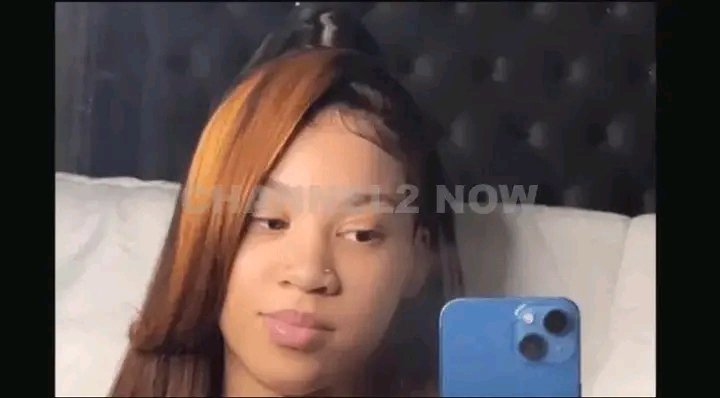
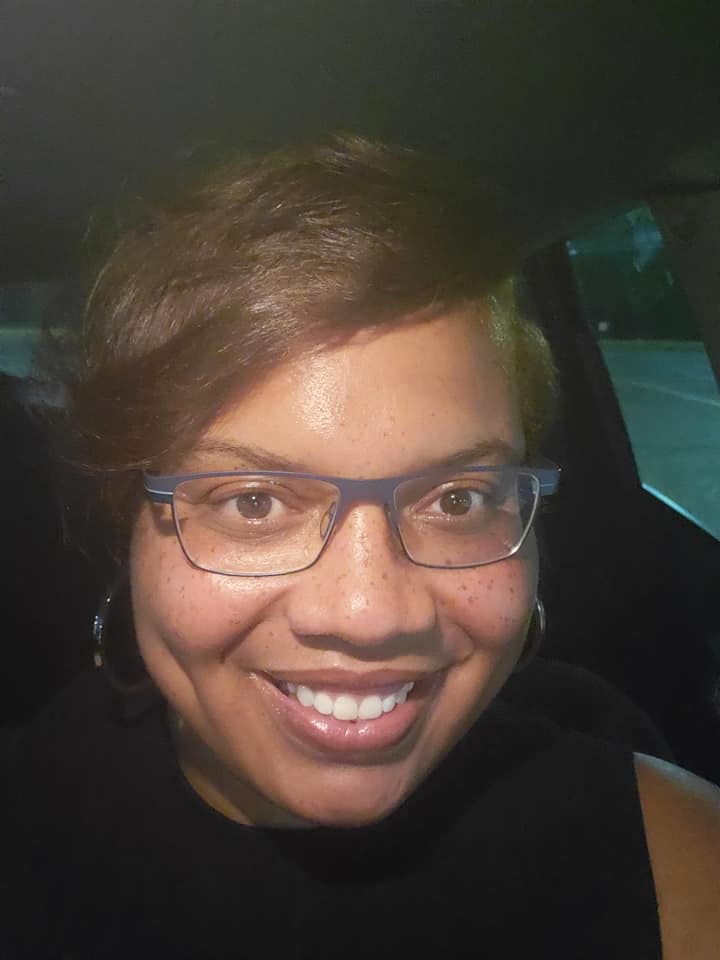
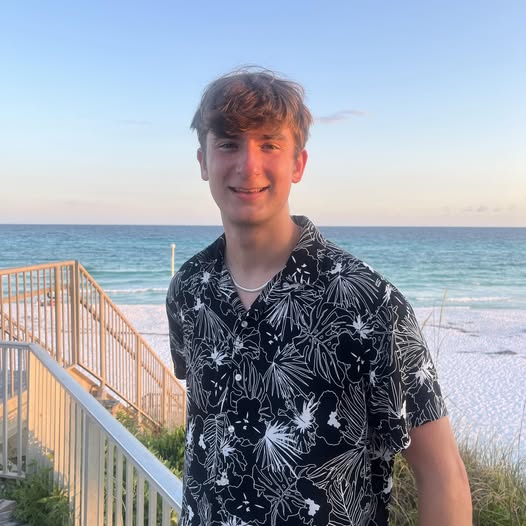
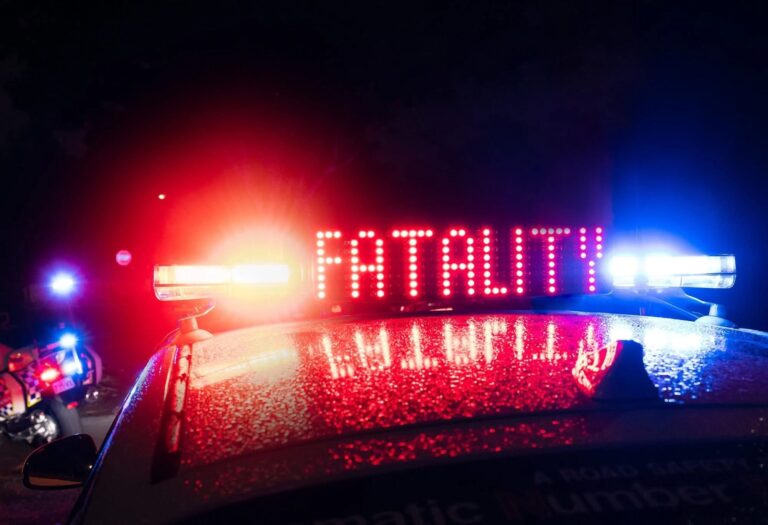
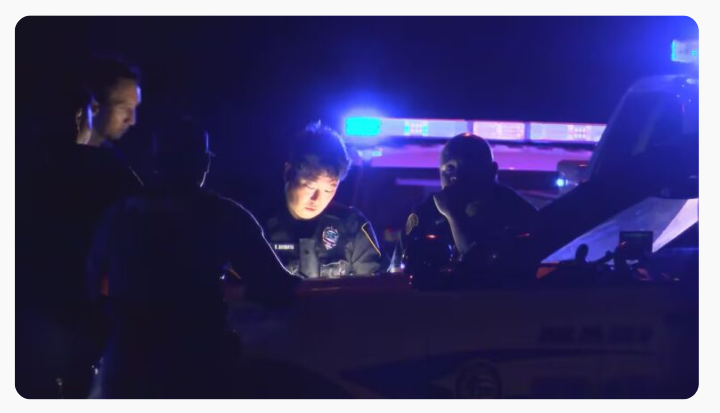
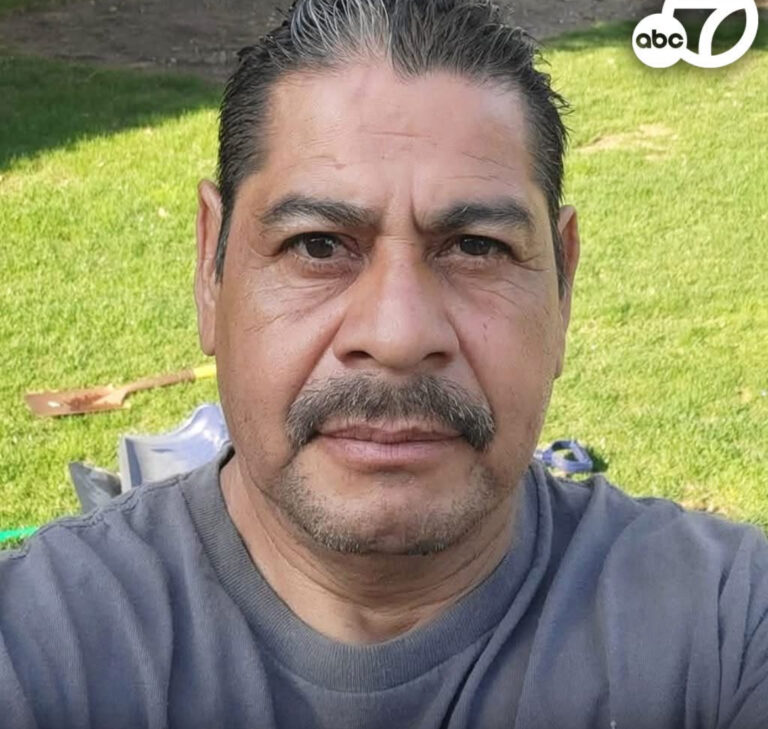
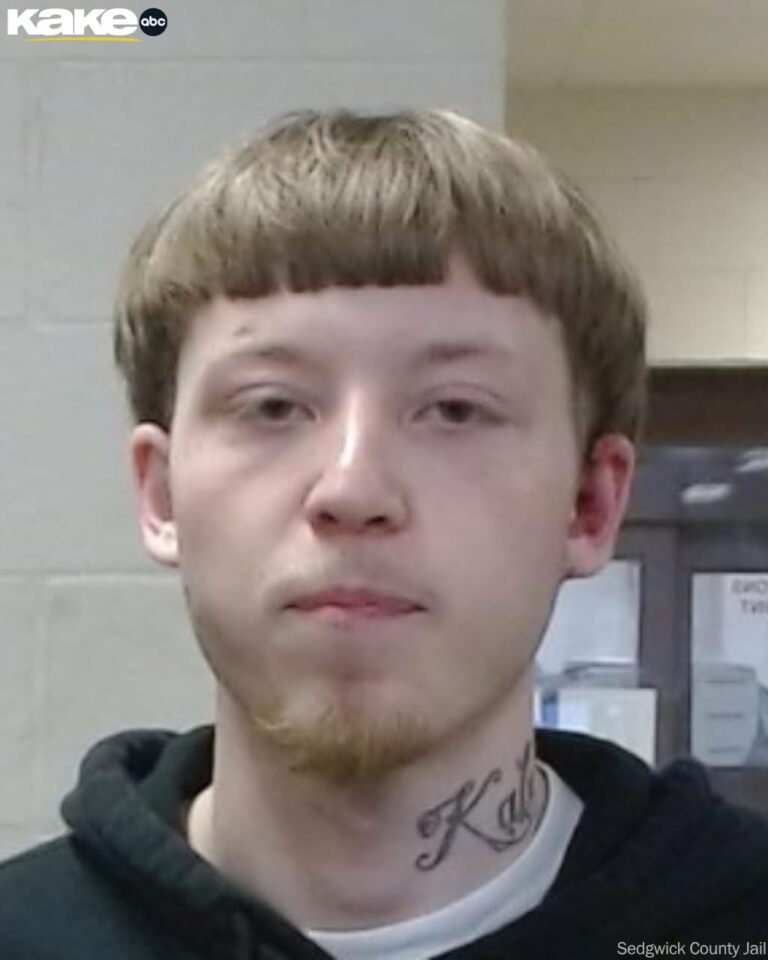
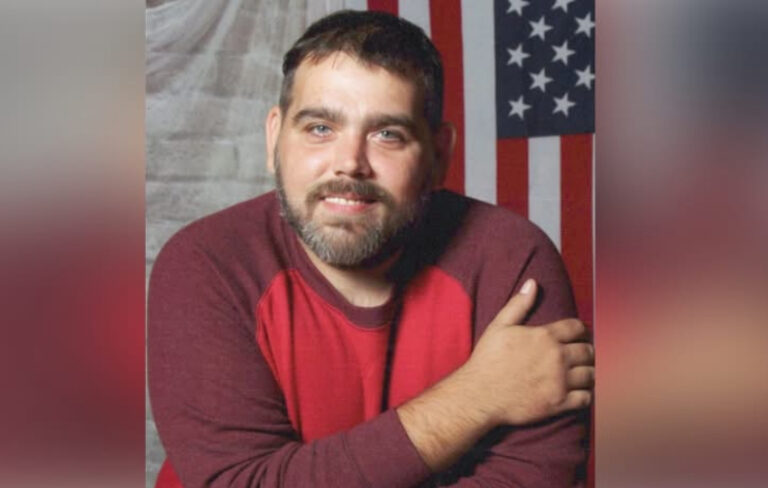

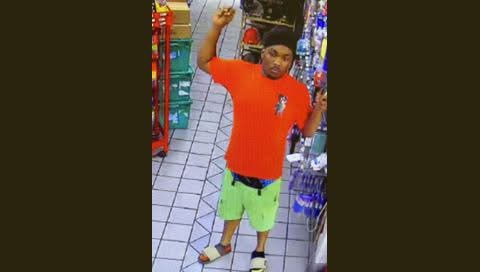
Leave a Reply